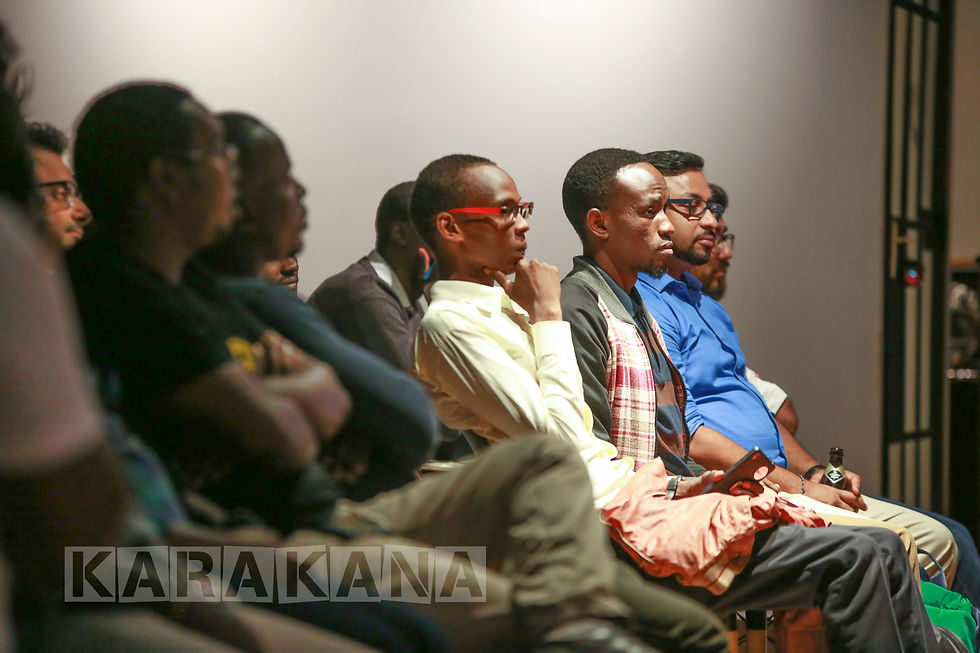Design Leadership in Building Successful Products in Kenya
- Karakana Writer
- Dec 17, 2018
- 3 min read
Yesterday I had the opportunity of attending a very insightful forum organized by the Nairobi Design Community at Metta Nairobi. First of all, if you are keen on keeping up with entrepreneurship and a little bit about creative stuff in this fast-paced city, you need to plug in to the Metta Nairobi system; it is an amazing space with an array of activities on their calendar.
The main goal of the Nairobi Design Community is to bring together all design disciplines at the intersection of business, design, and technology for a discussion about how to lead a creative team and inspire cooperation. And in this fourth and last event of 2018, there was a panel of four creatives discussing how to use design thinking methods to solve day-to-day life challenges in Nairobi and beyond.

The power panel was made up of Maureen Macharia, a UX and product design consultant, Max Ngari, a Creative Director, Chandni Motwani who is Head of Product at Metta and Robert Nganga who is creative director and founder, Station 77.
One of the notable observations from the onset is the changing definition of ‘design’, expanding to the not-so-new design thinking approach, including the user experience. It was very clear that designers today cannot do the old ‘silo’ approach to the creative process. Although smaller companies and businesses may have one designer to do many things at a go, the recommended approach is to have a team from all sectors or facets of a design process involved.

One of the pointers in this direction was that small companies and start-ups need a jack of all trades as compared to specialists in order to realize value faster in the initial stages and validate ideas. From this thinking, your full stack designer (perhaps called a web designer or sometimes labelled a product designer, or just ‘designer’) is the creative who gets involved in every stage of a product design: research, design, coding and more. It’s that guy who can understand a problem, propose a solution and help execute it.

The panelist emphasized the need to develop commercial products, especially in the app or tech sector to prove the true value of product development. This argument, painted against a backdrop of the famous ‘MPESA’ innovation, was shared alongside concerns that most ‘award-winning’ innovations are social causes or for non-profit clients.

Still on the MPESA topic, a member from the audience noted that the success of the mobile money product is an ecosystem, not just an app or a USSD feature on a phone. Going further to encourage designers present to design products and systems that will thrive and operate on an ecosystem for their success.

Beyond the ecosystem, one of the panelists observed that designers must realize the biggest asset in design is people- they are the currency. People make or break the success of a design product. On that, we must know our space between dreamers, doers and implementers. To sum all that up, designers and their teams should appreciate the business angle in every design. Considering return on investment, sales and marketing roles for new products and solutions as well as every aspect of the business plus money matters.

Finally, I would not miss to point out the advice regarding the design innovation and related methodology shared by Maureen Macharia. Designers should not fear starting small and improving and growing as they move along. We are in a space that is usually short of funding and support, so it is only fair that the journey to a perfect successful design product is borne of persistence, resilience and a ‘marathon’ approach.






Comments